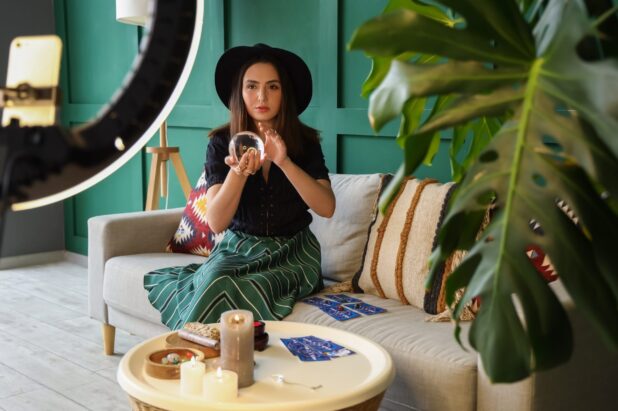
B2B Marketing Blog
TopRank Marketing shares B2B marketing insights, news, trends, expert interviews, events & much more on our award-winning B2B marketing blog.


















The best B2B marketing blog (so we've been told)
As the only blog to be named the #1 content marketing blog three times by Content Marketing Institute, the TopRank Marketing blog has also been ranked as one of the influential blogs by Ad Age, Edelman’s Social Media Index and more; and has been cited by the Wall Street Journal, The New York Times, Forbes, The Economist and featured in many marketing books.
Started by TopRank Marketing’s CEO Lee Odden in 2003, the blog has covered B2B content marketing for the past two decades – and we have the 3,500+ blog posts to prove it. Lee was a pioneer in SEO and B2B content marketing, and has carried that legacy throughout every aspect of the agency. Our team is on a mission to elevate B2B marketing through our solutions, conversations & contributions to the craft of content marketing!